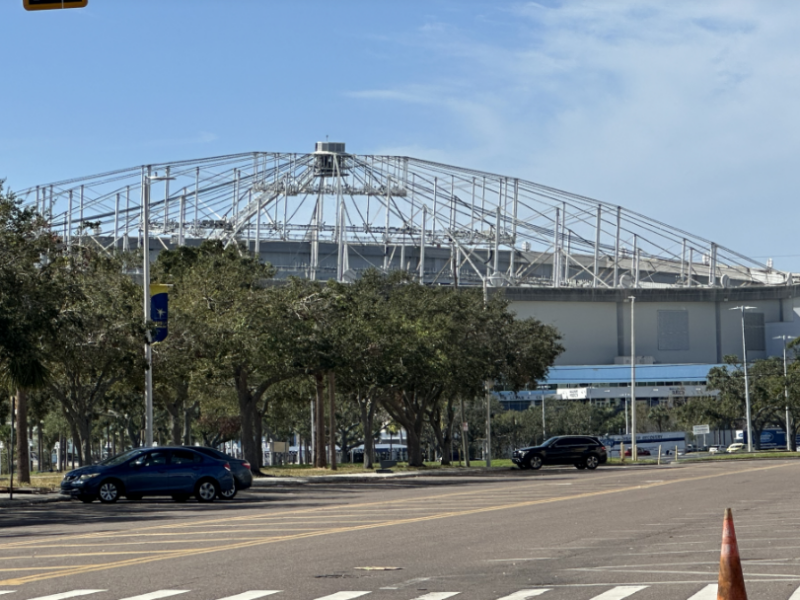Hannah Ulm
Contributing Writer
Administrators pushed the start of the campus-wide tobacco ban from May 2011 to spring semester 2012. The ban was proposed early last fall and brought to Student Government by Mark Pezzo, associate dean of Arts and Sciences.
Although usually referred to as the “smoking ban”, the proposal is to ban all tobacco use from campus, including smoking and smokeless tobacco.
According to Pezzo, a tobacco-free policy has been in the works for three years. “The policy isn’t to get people to stop smoking. It’s entirely because people who choose not to smoke can’t get away from it,” he said.
Student Government surveyed 125 students at random to understand how students felt about the proposed ban. According to Bill 11-004-LSU, or the Resolution to Support Survey Based on Smoking Ban, “The results of the survey showed two-thirds (2/3) of both smokers and non-smokers polled supported no changes at all or providing designated smoking areas; and designated smoking areas garnered the most support with forty-three percent (43 percent).”
One opinion voiced by students and SG is that it’s not the university’s duty to police students’ tobacco use.
“I don’t have a problem with other people smoking. I don’t think they should do the ban because we’re adults,” said Amanda Holm, a 23-year-old marketing major and non-smoker.
Some think enforcing a complete ban is unrealistic. Brendan Kelley, a 26-year-old finance major and smoker, said he thinks people will still smoke even with a ban. Designated areas could work, but would have to be “relatively nearby” and easily accessible for class breaks, he said.
Chuck Terzian, chair of the SG University, Community and Government Affairs committee, said that if the administration is concerned with people’s health, the best thing it could do is designate smoking areas to diminish the possibility of second-hand smoke.
Pezzo said those behind the policy have spent over two years trying to find suitable areas to designate for smoking. With a campus as small as USFSP, the edge of campus could be nearer than a designated smoking area, a fact fueling the administrators’ idea that a complete ban is the best policy. Pezzo also noted that any spot designated for smokers would create an area unusable for non-smokers, who make up the majority of students and faculty.
According to Terzian, some of the areas suggested for smokers could be behind Bayboro Hall near the water, behind RHO and somewhere accessible to Davis and Coquina Halls. However, administrators think there are enough off-campus spots nearby to satisfy smokers, like Poynter Park and The Tavern.
SG passed the Resolution to Support Survey Based on Smoking Ban on Jan. 19, with a vote of 12-4. Terzian said the resolution shows the will of the students and student representatives. The resolution states, “The University of South Florida St. Petersburg Student Government stands in support with the majority of the student body and university population in supporting the development and placement of designated smoking zones away from high traffic areas.”
Although the tobacco-free policy has not been made official, it is likely that a campus-wide tobacco ban without designated smoking areas will be passed by the end of this semester.
Once official, Regional Chancellor Margaret Sullivan will send a letter to all students informing them of the policy and a website that will have information including campus boundaries and locally available smoking cessation classes, Pezzo said.
Since the ban will not start until January 2012, students, faculty and staff will have time to inform themselves of the new policy and possibly consider alternatives to tobacco use, he said.


